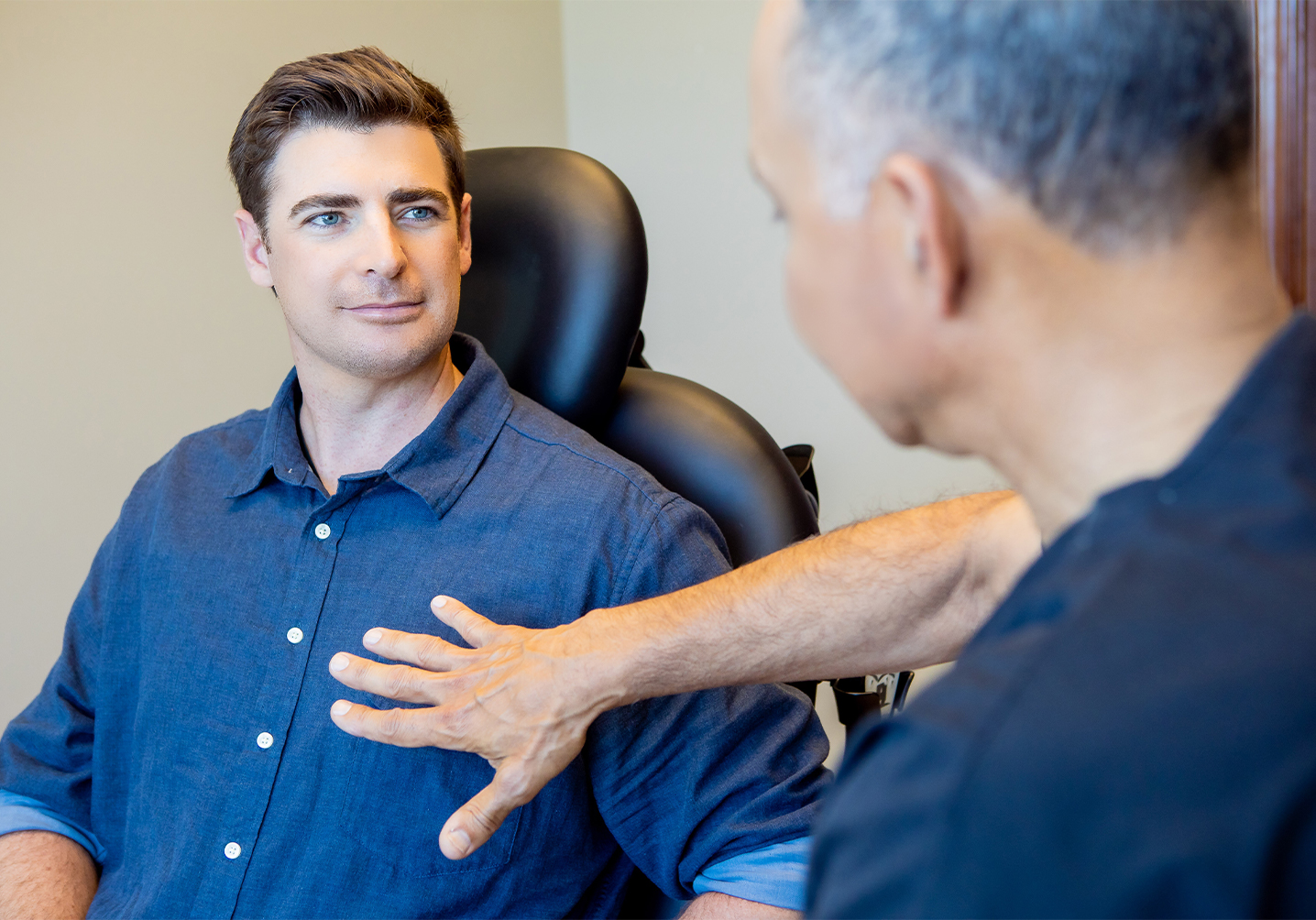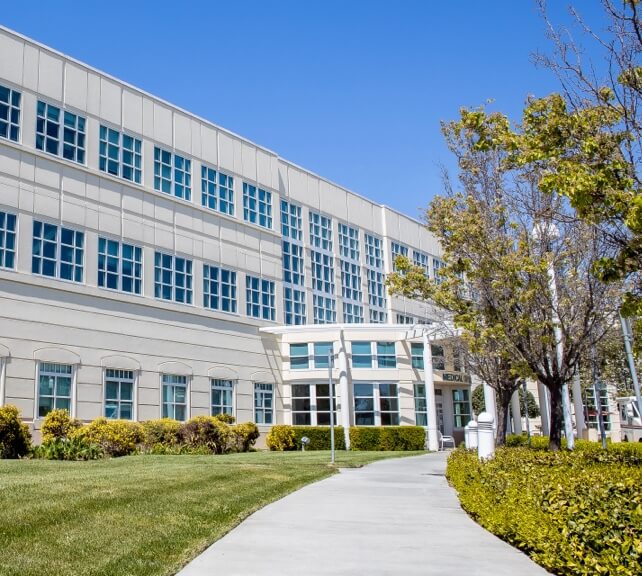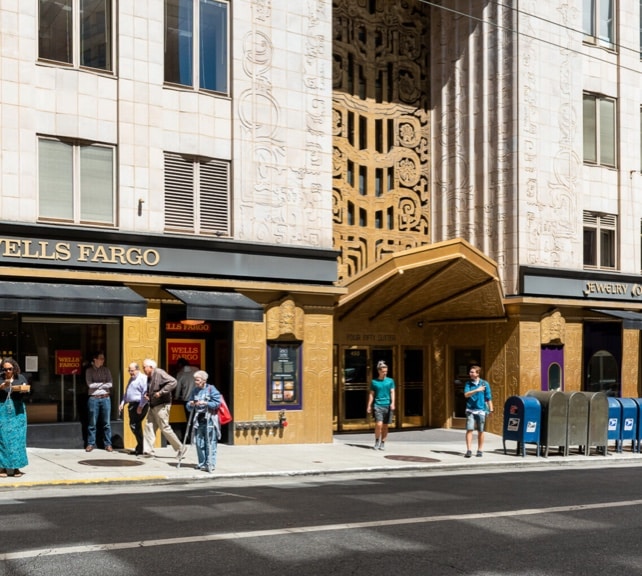Gynecomastia can appear in different types and levels of severity. Various causes can contribute to the condition, and there are treatment and surgical options that vary based on each individual case. Surgery is a very effective treatment for any type of gynecomastia.
Most people do not realize how prevalent gynecomastia is since most men who suffer from it tend to hold embarrassment around it and will do their best to hide the condition. Usually, men will avoid wearing tight-fitting shirts or several layers of clothing, and some even go to the point of lessening activities at swimming pools, the beach, and the gym to hide their chest and skin—as well as affecting their personal relationships. Fortunately, gynecomastia surgery in the San Francisco Bay Area is an effective way to address this concern.
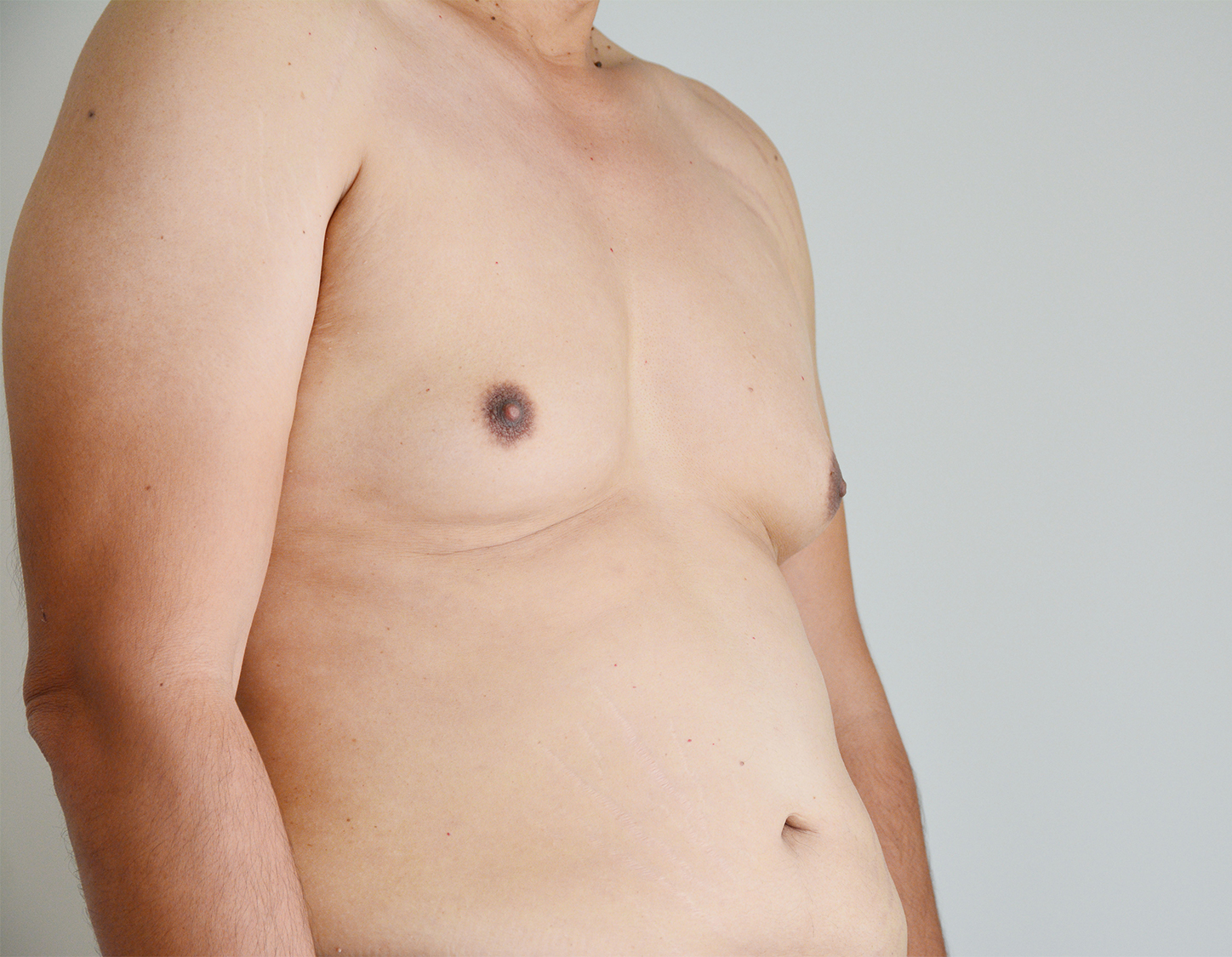
TYPES OF GYNECOMASTIA
TRUE GYNECOMASTIA
True gynecomastia is caused by enlarged glandular tissues. In other cases of gynecomastia, the cause is fat deposits. When an individual deals with true gynecomastia, the best and most recommended solution is gynecomastia surgery.
PSEUDOGYNECOMASTIA
Pseudogynecomastia is due to fat accumulation, with no real gland mass present. In general, pseudogynecomastia accompanies an overweight condition in the entire body. Since the size of the chest will change with weight fluctuation, an enlarged chest caused by pseudogynecomastia can typically be resolved with weight loss and exercise. This is not the case for true gynecomastia.
IDIOPATHIC GYNECOMASTIA
Idiopathic gynecomastia indicates that no cause has been found for the condition. Certain medications and drugs can cause gynecomastia, but in some cases, the cause of gynecomastia cannot be determined. Even if the cause is unknown, the patient is dealing with excess breast tissue and can still receive Dr. Delgado’s treatment in Sonoma County, Marin County, and the San Francisco Bay Area.
GRADES OF GYNECOMASTIA
Gynecomastia has four grade conditions, which are explained below.
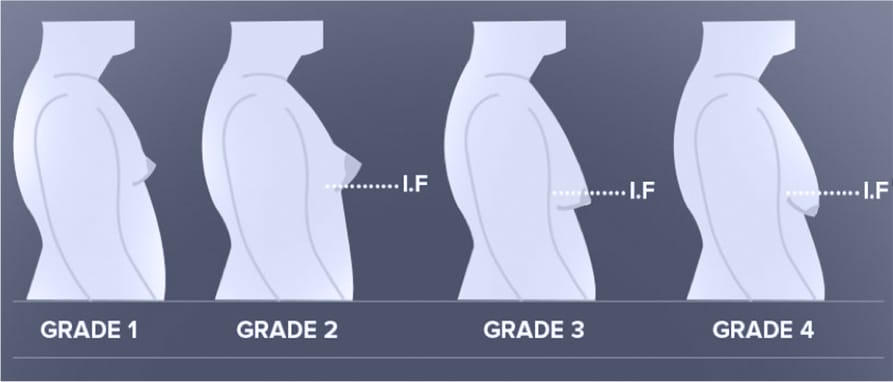
GRADE 1
Grade 1 is often referred to as “puffy nipples,” and the breast development is centered around the nipple area. Grades 1 can respond well to breast gland excision with liposuction through a small incision in the inferior portion of the areola (Webster incision). In addition, Grade 1 patients may be good candidates for the “pull-through” technique since the breast tissue growth is on the mild side.
GRADE 2
Grade 2 is the most common type of male breast enlargement—the male breast tissue extends beyond the central nipple-areola complex and fills out the chest region more extensively. Grade 2 generally responds well to breast gland excision with liposuction through a small incision in the inferior portion of the areola (Webster incision) because the breast enlargement is not quite as severe.
GRADE 3
Grade 3 gynecomastia is characterized by skin laxity—the skin begins to sag from the fold (inframammary fold or IMF). The treatment of this grade could be gland excision with liposuction through a Webster incision, a superior crescent lift, or a two-stage procedure. There is more variability with this grade, and the treatment depends on the quality of the skin and the patient’s age. Correcting this grade of gynecomastia depends on the amount of glandular breast tissue and the sagginess of the skin.
GRADE 4
Grade 4 is defined by severe skin laxity. This is the most complex of cases because the nipple-areola complex is turned downward. Due to breast development and glandular tissue, the only options are a two-stage procedure or a double-incision mastectomy with a free nipple graft. This grade of gynecomastia, likely caused by hormonal imbalance, overworked adrenal glands, or even liver disease, can be completely corrected with gynecomastia surgery by Dr. Miguel Delgado.
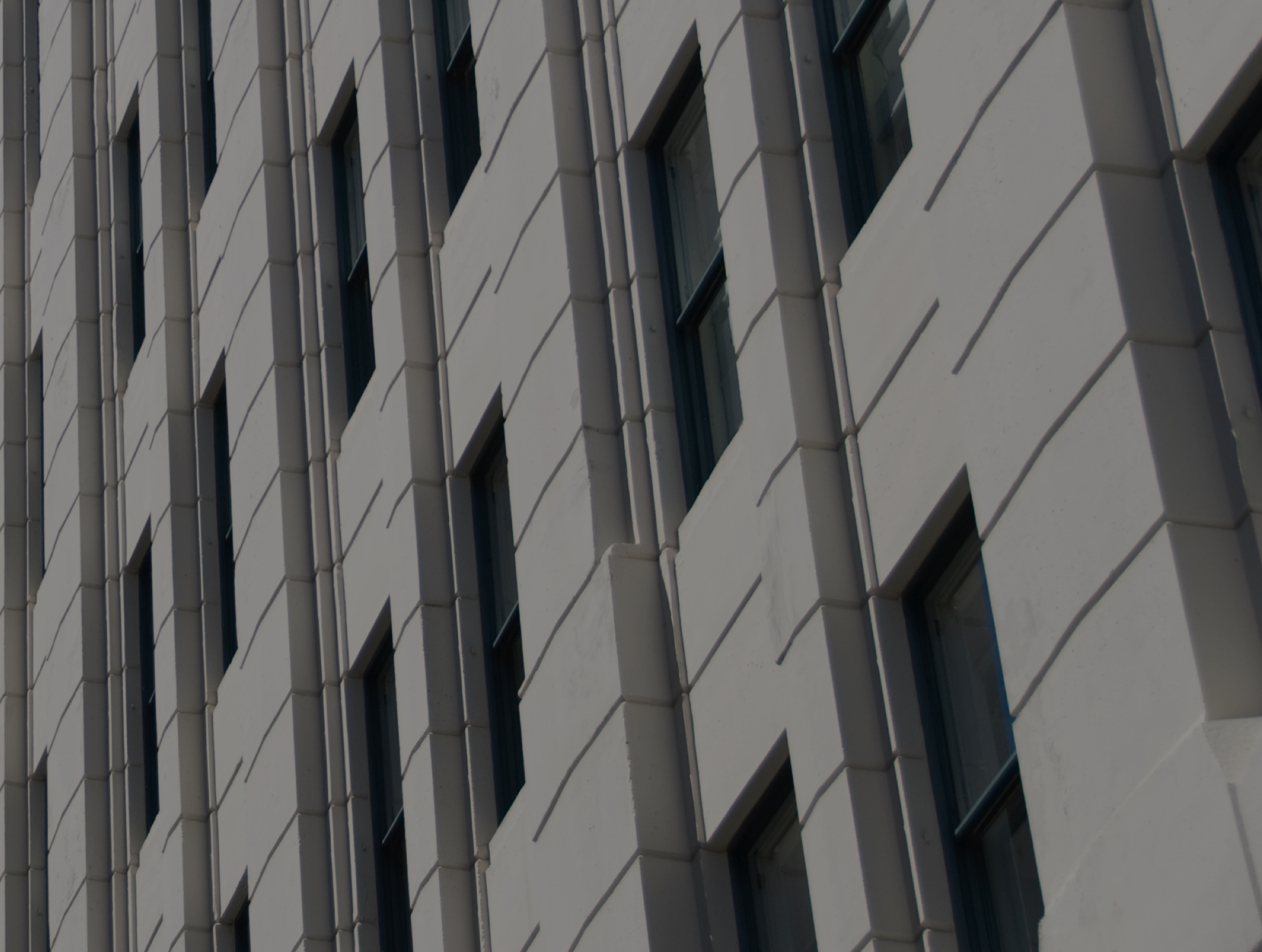

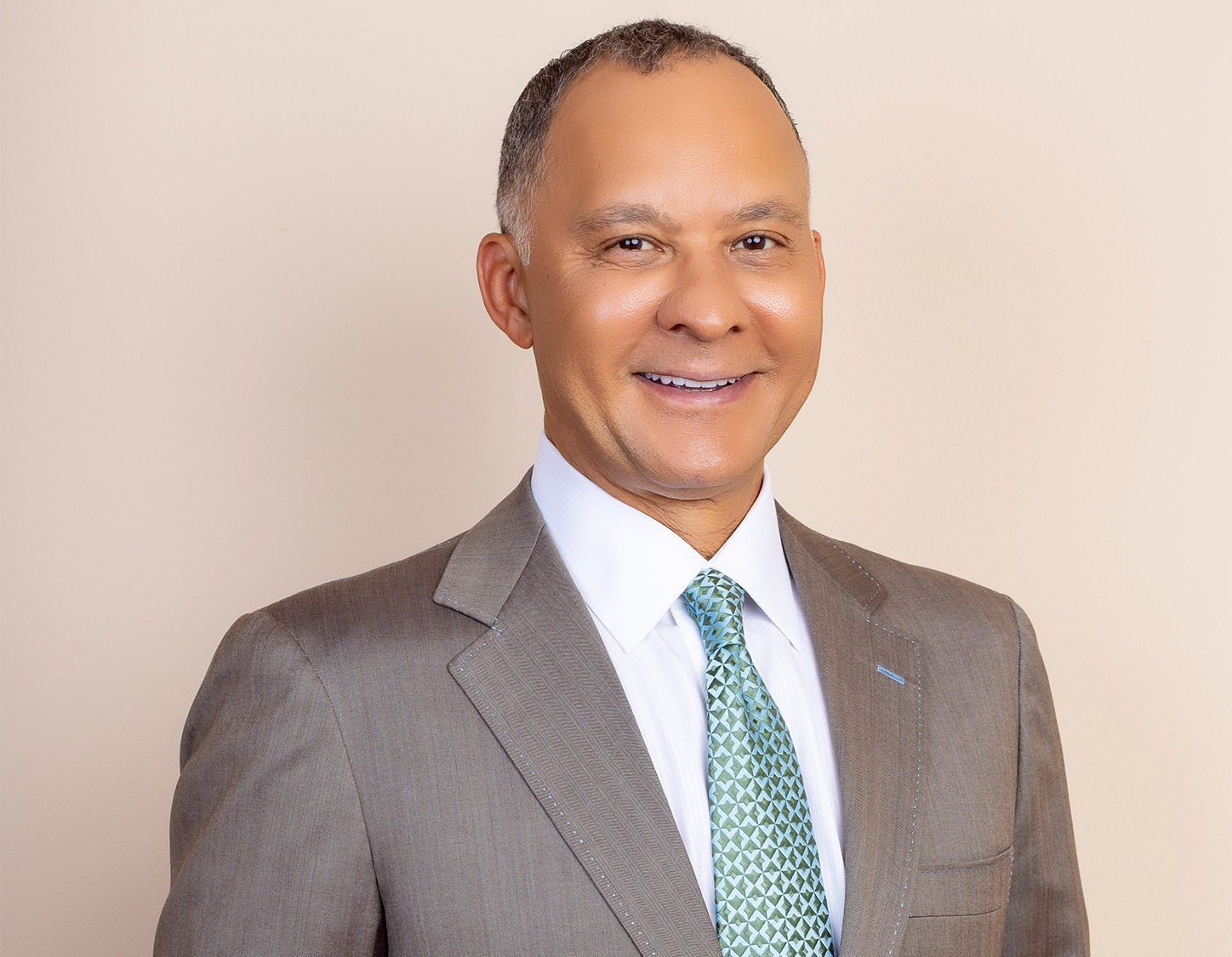
WHY CHOOSE DR. DELGADO?
Gynecomastia surgery requires keen technical knowledge and artistic skill. Having performed thousands of male breast reduction surgeries in San Francisco, Dr. Delgado is an expert in treating gynecomastia. He receives referrals for complicated cases from other physicians from most parts of the world.
Dr. Delgado made helping men who suffer from gynecomastia his personal mission and passion, even developing a website dedicated to the concerns of men with this gynecomastia: gynecomastia-specialist.com. There, you can read more about his surgical approach for adult and teen patients, bodybuilders, revision cases, and pseudogynecomastia.
Additionally, Dr. Delgado has a world-renowned gynecomastia forum where men of all ages can share about their experiences associated with gynecomastia. This forum can be found on gynecomastia.org; the leading center for how to treat gynecomastia.
San Francisco is one of the largest centers for education on the west coast. It includes the University of California, San Francisco which is the only campus dedicated to graduate health and biomedical sciences education. It’s ranked among the top five medical schools in the United States and is associated with the UCSF Medical Center, the top-ranked hospital in California. Additionally, San Francisco is home to major colleges like San Francisco State University and the University of San Francisco. Finally, it’s also home to Golden Gate University, the Academy of Art University, the San Francisco Art Institute, the California College of the Arts, the San Francisco Conservatory of Music, the California Culinary Academy, and the California Institute of Integral Studies, among others. Dr. Miguel Delgado’s offices are located in the Union Square district and Novato, Marin County, four and a half miles and 27.5 miles from the University of California, San Francisco campus respectively.

